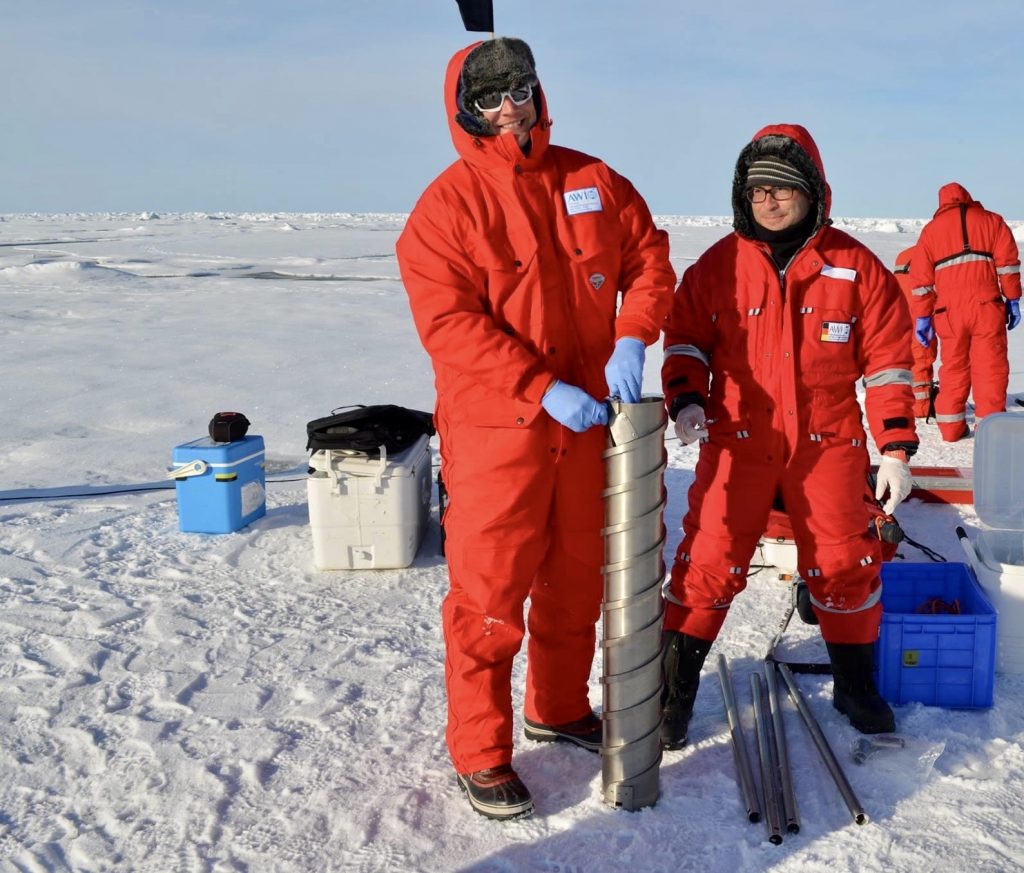Loss of old Arctic sea ice increases methylmercury concentrations
Arctic sea ice regulates the air-sea exchange of volatile mercury species such as dimethylmercury and elemental Hg, and is known to harbor mercury methylating microbes that produce neurotoxic and bioamplifying monomethylmercury. Arctic sea ice accounts for 57% of the total primary production in the Arctic Ocean, suggesting that it could be the main source of monomethylmercury for Arctic food webs. Despite this, little is known about mercury concentrations and speciation in arctic sea ice. Researchers from the SCRIPPS (USA), the Stockholm Natural Museum (Sweden) and the Mediterranean Institute of Oceanography (France) show the importance of sea ice composition on methylmercury budgets. The authors propose that the shift from older sea ice to younger sea ice has resulted in a 40% increase in methymercury since 1979 despite a 45% decrease in sea ice volume. About 30% of sea ice methylmercury is made up by dimethylmercury. This means that when sea ice melts in the summer, it could contribute significant dimethylmercury evasion to the atmosphere, which is comparable to diffusion from seawater. This study shows the importance of climate change on the biogeochemical cycle of a contaminant. Notably the methylmercury content of rapidly shrinking arctic sea ice and the exposure of sea ice biota may not be decreasing as previously thought.

Reference:
Schartup, A. T., Soerensen, A. L., & Heimbürger-Boavida, L.-E. (2020). Influence of the Arctic Sea-Ice Regime Shift on Sea-Ice Methylated Mercury Trends. Environmental Science & Technology Letters (just accepted) DOI: https://doi.org/10.1021/acs.estlett.0c00465
